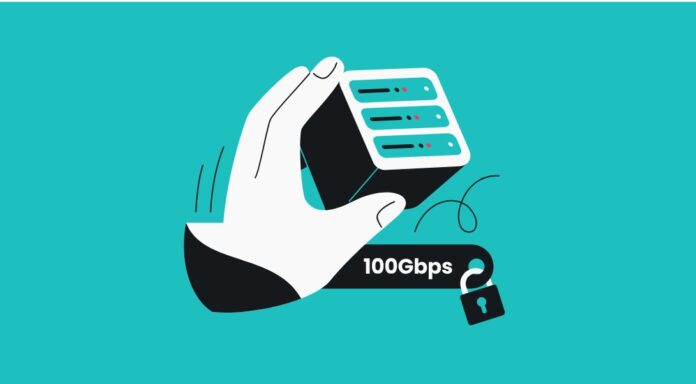Surfshark has announced a major network upgrade: the launch of 100Gbps VPN servers, with the first deployment live in Amsterdam, Netherlands. It’s a 10x jump in capacity over the common 10Gbps standard and is aimed at handling modern high-bandwidth use, such as 4K/8K streaming, large OS/game downloads, and busy peak-time traffic.
Most VPN bottlenecks happen when server capacity and concurrent usage collide. By increasing server throughput from 10Gbps to 100Gbps, Surfshark can keep speeds closer to your ISP line rate even when lots of users are streaming, gaming, or downloading updates at the same time and retain its position as one of the best VPN services.
Expect steadier pings in games, fewer buffering events in video calls, and smoother high-resolution streaming.
Benefits of 100Gbps VPN Servers
- Streaming and VR: More reliable 4K/8K and 360° playback, plus enough bandwidth for emerging VR use cases.
- Gaming and meetings: Lower latency while gaming and fewer hiccups during peak hours.
- Household sharing: Multiple heavy tasks (e.g., a large OS download + simultaneous 4K stream) can co-exist with less contention.
If you routinely move large files, sync cloud backups, or run remote workflows, higher server throughput can reduce “shared-server” slowdowns and maintain consistent transfer rates.
Businesses using Surfshark for remote staff should also see more predictable performance during overlapping work windows.
Where and when can you use 100Gbps?
As of October 7, 2025, Surfshark says the first 100Gbps servers are live in Amsterdam and are currently in a testing phase “with a few servers,” with the upgrade establishing “the foundation for potential future rollouts.”
In other words, availability should increase over time as testing is completed and capacity is added in more regions.
How to get the Benefits of the upgrade now
- Select a nearby 100Gbps location when available (starting with Amsterdam). Proximity still matters for latency.
- Use a fast protocol (e.g., WireGuard or any high-speed option recommended by Surfshark) to minimize overhead.
- Test during your personal peak hours to feel the difference when servers are typically busiest.



